With the inaugural TEFAF New York Spring (4–8 May) set to debut in the Park Avenue Armory, dealers, collectors, and museum curators are anxious to see just how the newest Dutch venture will stack up against the frenzy of Frieze on Randall’s Island. And in an extremely jam-packed calendar, an additional eight contemporary art fairs – along with the Collective Design Fair, not to mention the high-octane Impressionist and contemporary auctions – will take place in New York in the same month.
The new fair is a joint enterprise between TEFAF and Artvest Partners, the Manhattan art advisory service founded by Jeff Rabin and Michael Plummer. It builds on Artvest’s 2011 Spring Show NYC, which later took on a new guise as Spring Masters. That fair was widely applauded, though a small number of collectors thought it was let down by the architect Rafael Viñoly’s somewhat confusing layout. For TEFAF New York Spring, the fair organisers have recruited the talented Tom Postma, who has turned his hand to all of the TEFAF fairs.

Mur de la Lune (Wall of the Moon) (1955), Joan Miró. Dickinson Roundell (price on application) Courtesy Dickinson Roundell
There will be 92 exhibitors at the fair. But unlike the Fall edition, which featured antiquities through to the 19th century, with a concentration of Old Masters specialists, the Spring fair features modern and contemporary galleries, including White Cube, Hauser & Wirth and Skarstedt Gallery. Rossi & Rossi, Osborne Samuel, and Axel Vervoordt are among the other dealers joining the May event.
Carpenters Workshop Gallery, which is led by Julien Lombrail and Loïc Le Gaillard, with Paris, London, and New York spaces, is offering Marc Newson’s 1993 Orgone chair made of aluminium and lacquered in the same red enamel paint applied to a Ferrari. ‘It’s exceedingly difficult to find pieces like this on the market as they are all locked up in private collections,’ says Lombrail of the example, which is from an edition of six with two artist’s proofs.
Dickinson Roundell brings a rarity: Juan Miró’s 1955 maquette for Mur de la Lune (Wall of the Moon), the artist’s celebrated ceramic mural for UNESCO’s headquarters in Paris. Executed in gouache, watercolour, ink and pencil in the artist’s signature palette of red, black and yellow, the work bears an important provenance. In a gesture of friendship, Miró gave the maquette to Marcel Breuer, who designed the UNESCO building, and the work passed down through the architect’s family. ‘It is exciting to discover a major 20th-century artwork which has not been seen for 60 years and was thought maybe to be lost,’ says James Roundell.
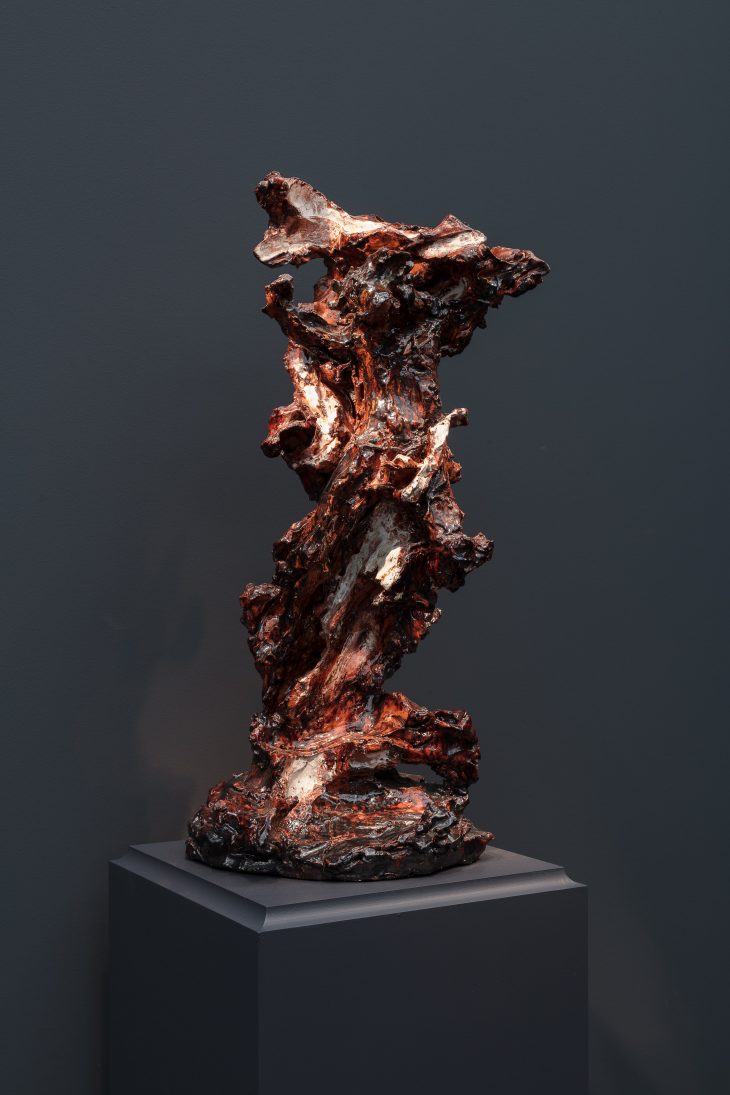
Crocifisso (Crucifix) (1947–48; fired in 1949), Lucio Fontana. Robilant + Voena (price on application).
What makes the fair so distinctive is the degree to which dealers forsake the routine stand format of felt-lined walls. Madison Avenue’s Di Donna Galleries is staging ‘A Surrealist Banquet’. On offer are sculpture and paintings on the themes of food, flowers, and wine by Dada, Surrealist, and modern artists. The installation takes place in an upstairs room preserved in its original state with animal-head trophies and dark wood panelling. The centrepiece is L’Explication (1962), a gouache on paper by René Magritte. Emmanuel Di Donna says, ‘It is an exploration on paper of one of his famous images painted on canvas in 1952 […] and is characteristic of Magritte’s relentless search for the uncanny and his creation of visual puns.’ Robilant + Voena is featuring Lucio Fontana’s 1949 ceramic Crocifisso (Crucifix). ‘We have seen a growing number of our Old Master clients gravitate towards icons of the 20th century and therefore Lucio Fontana’s ceramic is certain to appeal,’ Edmondo Di Robilant says. ‘The dynamic glazed ceramic sculpture combines a sense of fluid figuration with the radical Spatialism movement the artist founded in Milan in 1947.’ Other examples from this series are in the Museum of Modern Art in New York, and the Museum Ludwig in Cologne, among other institutions.
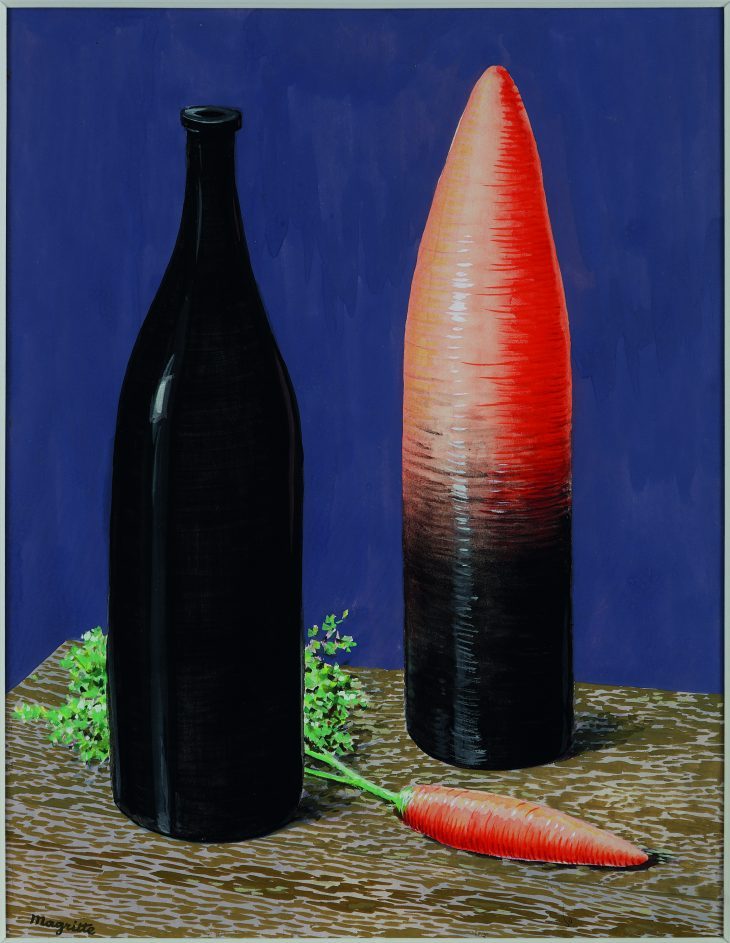
L’Explication (1962), René Magritte. courtesy Di Donna Galleries; © 2017 C. Herscovici/Artists Rights Society (ARS), New York
A distinctive Faliscan olla dated to around 600 BC and decorated with a stylised composition of horses will be front and centre on Charles Ede’s stand. ‘It’s very rare, in exceptionally good condition, and the image has an almost modern Surrealist feel,’ says Martin Clist, the gallery’s managing director.
TEFAF New York Fall drew more than 15,000 visitors and even more are certain to attend this event. As Michael Plummer explains, ‘It made sense for New York to have a fair of this kind as New York has historically been the centre of the modern and contemporary art scene, just in the way that Maastricht is the centre of the Old Master world.’
This article was updated on 9 May to correct the fact that Galerie Thaddaeus Ropac was not an exhibitor at TEFAF New York Spring, as it had previously stated.
TEFAF New York Spring is at the Park Avenue Armory, New York, from 4–8 May 2017.
From the May 2017 issue of Apollo. Preview and subscribe here.
Unlimited access from just $16 every 3 months
Subscribe to get unlimited and exclusive access to the top art stories, interviews and exhibition reviews.

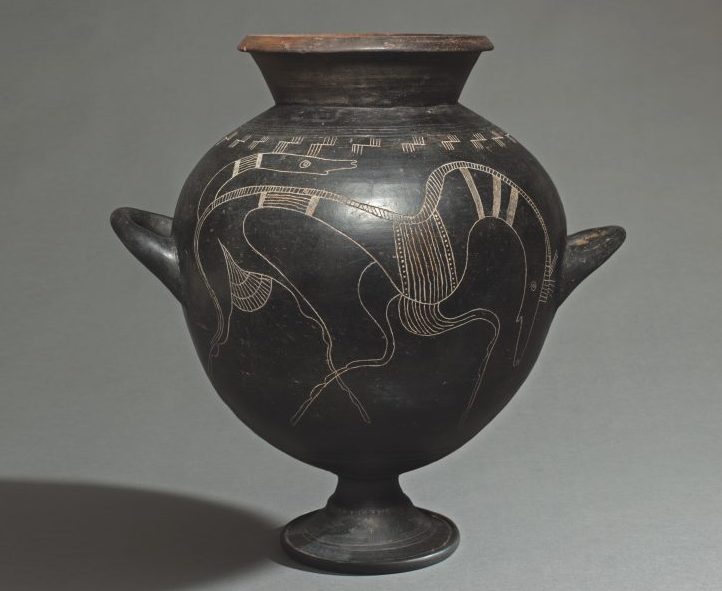
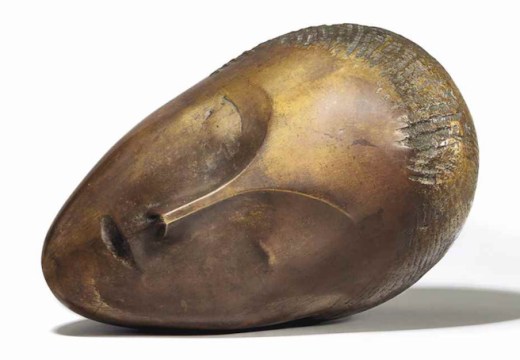
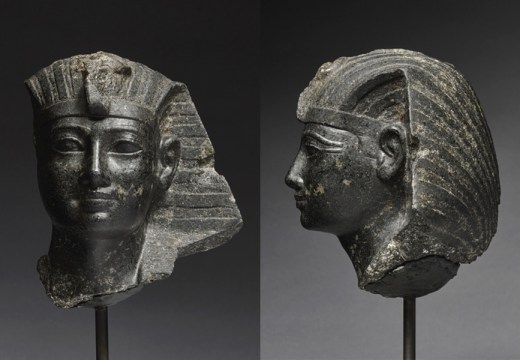
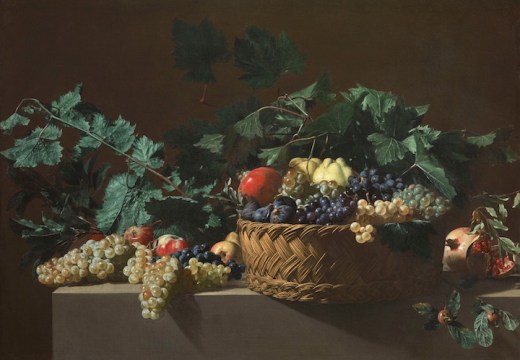









![Masterpiece [Re]discovery 2022. Photo: Ben Fisher Photography, courtesy of Masterpiece London](http://www.apollo-magazine.com/wp-content/uploads/2022/07/MPL2022_4263.jpg)
It’s time for the government of London to return to its rightful home